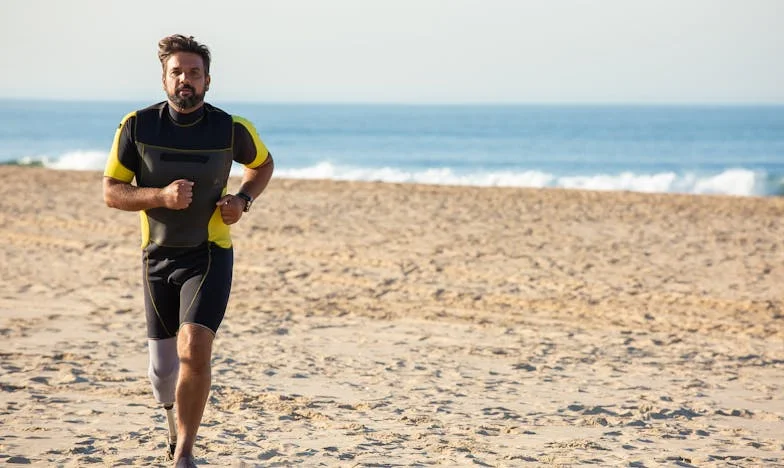Navigating Potty Training Challenges: When Your Toddler Won’t Poop in the Potty
Potty training is a significant milestone in both a child’s development and a parent’s journey. However, it’s not always a smooth transition. A common challenge many parents face is a toddler who will happily pee in the potty but refuses to poop there. If you’re navigating this tricky situation, you’re not alone. Let’s explore some strategies and real-life examples to help your toddler overcome this hurdle.
Understanding the Challenge
First, it’s essential to understand why your toddler might be hesitant to poop in the potty. For many children, the toilet can seem intimidating, or they may feel more secure in a diaper. Others might have experienced discomfort or pain during a previous attempt, leading to reluctance to try again.
Real-Life Strategies
Creating a Positive Environment
Mark and Alexandra found success by turning potty training into a game for their son, Wyatt. They used stickers and a chart to celebrate every attempt, regardless of the outcome. This positive reinforcement helped Wyatt associate the potty with a fun and rewarding experience, gradually reducing his resistance.
Establishing a Routine
Mia’s parents, noticing her regular bowel movements, established a routine where Mia would sit on the potty at those predictable times each day. This consistency helped Mia become more comfortable with the idea of using the potty for both pee and poop. Her parents, Ella and Mason, remained patient and encouraging, never showing frustration during setbacks.
Empathy and Understanding
Sometimes, toddlers just need to know that their feelings are understood. Ella found that talking to Mia about her fears and reassuring her that it’s okay to feel scared helped Mia feel supported. They read children’s books about potty training together, which helped Mia understand that her feelings were normal and that she could overcome them.
Gradual Transition
For some children, a gradual transition might be necessary. Wyatt initially refused to poop anywhere but his diaper. Mark and Alexandra decided not to push him but instead allowed him to wear a diaper only when he needed to poop. Over time, they encouraged him to stand in the bathroom while wearing the diaper, then to sit on the potty with the diaper on. Eventually, Wyatt felt comfortable enough to try without the diaper.
Conclusion
Potty training is a journey with its ups and downs. It’s important to remember that each child is unique, and what works for one may not work for another. Patience, understanding, and a positive approach are key. Celebrate the small victories and know that, in time, your toddler will master the potty.
Remember, if you’re concerned about your child’s progress or if there are signs of distress or a medical issue, it’s always best to consult with a pediatrician. They can provide guidance tailored to your child’s needs.
In navigating the potty training journey, remember that you’re not alone. Many parents have been in your shoes, and with time and patience, your toddler will succeed.
